Nampula is a market town and trade center of half a million people in northern Mozambique; it recently surpassed Beira as the second-largest city in Mozambique. It is the economic hub of Northern Mozambique with an airport and other transportation infrastructure.
While walking down a major street close to the center of the city, I noticed a group of perhaps fifteen male workers unload a large container that was sitting on a truck. They were unloading large transparent plastic bags filled with used toys and children’s clothes. There was not much else going on (other than a wrecked ambulance standing in a ditch across the street which was witnessed by the locals with great consternation), so I started to take pictures.
Moments later, a man of about 40 approached me; he made it clear that he was the person in charge of this operation, and he wanted to know why I was taking pictures. He was relieved that my interest was strictly academic–he had been concerned that I was a competitor checking out his operation. So he freely told me the story of the merchandise that was unloaded in front of my eyes. The toys and clothes were donated to churches in Europe by individuals; they in turn sold the collected items wholesale to a dealer who shipped them to Africa in a container. The container was put on a truck at a nearby seaport and brought to Nampula where workers were unloading the bags in front of my eye and bringing them into the warehouse where the items were sorted out.
As he was light-skinned and spoke very good English (which is not common in Lusophone Mozambique), I asked him where he was from. His response surprised me: Sierra Leone. Of course I wanted the know where he was really from. (I understand that people with a hyphenated origin hate this question–but I felt that this was a relevant part of the story.) It turns out that his family of merchants was from the Middle East but had settled in Sierra Leone a couple of generations ago.
So what happens with these toys? After the toys and clothes have been sorted out, they go to markets all over the region to be sold. But in recent years, some buyers in the villages and small towns have become more market-savvy. They are quickly learning what the fashionable items and brands are in Europe and the U.S. because they have seen them on TV. So the distributor now has to sort all items into three categories for resale–trendy, average, and less desirable–and the pricing structure will have to reflect that.
In the village of Mamudo, seventy miles east of Nampula, used clothes and other items are sold to the local population at a typical small roadside market. Villagers are unloading the same kind of plastic bags from a small truck, containing used clothes and other items. The toys and clothes appear to have reached the last part of the journey, where their second lives can begin.
There are three interesting angles to this story. The first is that donors in Europe unlikely understand what is really happening to their donated children’s toys and clothes. Rather, donors in Europe happily are left with the thought that their charitable donations are distributed to poor children in Africa for free. While churches presumably use the proceeds from the sale of donated goods for charitable purposes, the goods themselves cross over into the for-profit sector of the economy again. The trade in used merchandise is big business in Africa.
The second point is this: as the market in many African countries is flooded by cheap imports of donated used clothing, it is very difficult for the domestic textile industry to compete. Ironically, these donated goods hinder the development of domestic production and thus make many more locals dependent on development aid. While these donations by Europeans are well-intended, they actually become an obstacle to sustained economic development.
The third point is less tangible but equally important. How do T-shirts with imprints of Western brands and cultural icons impact these young people? What does this young boy think of this Marylin-Monroe-like seductive blonde on this chest? What does it teach him about consumerism that is unattainable to him, about racial hierarchies, and about the felt cultural, economic and political dominance of the West?
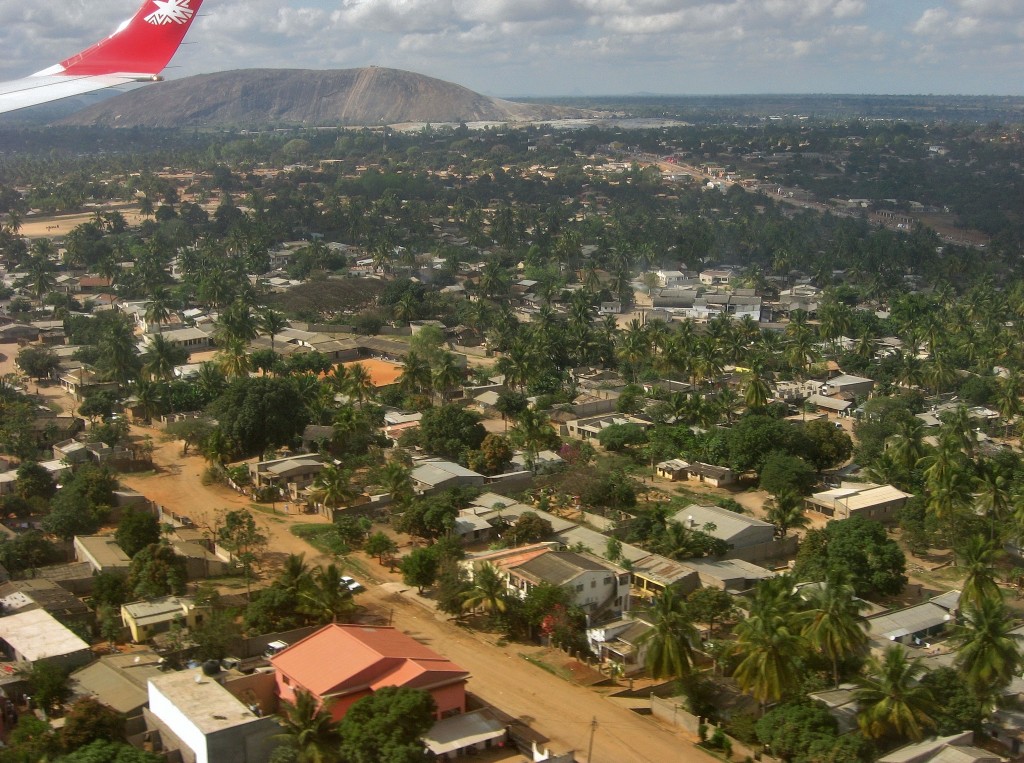
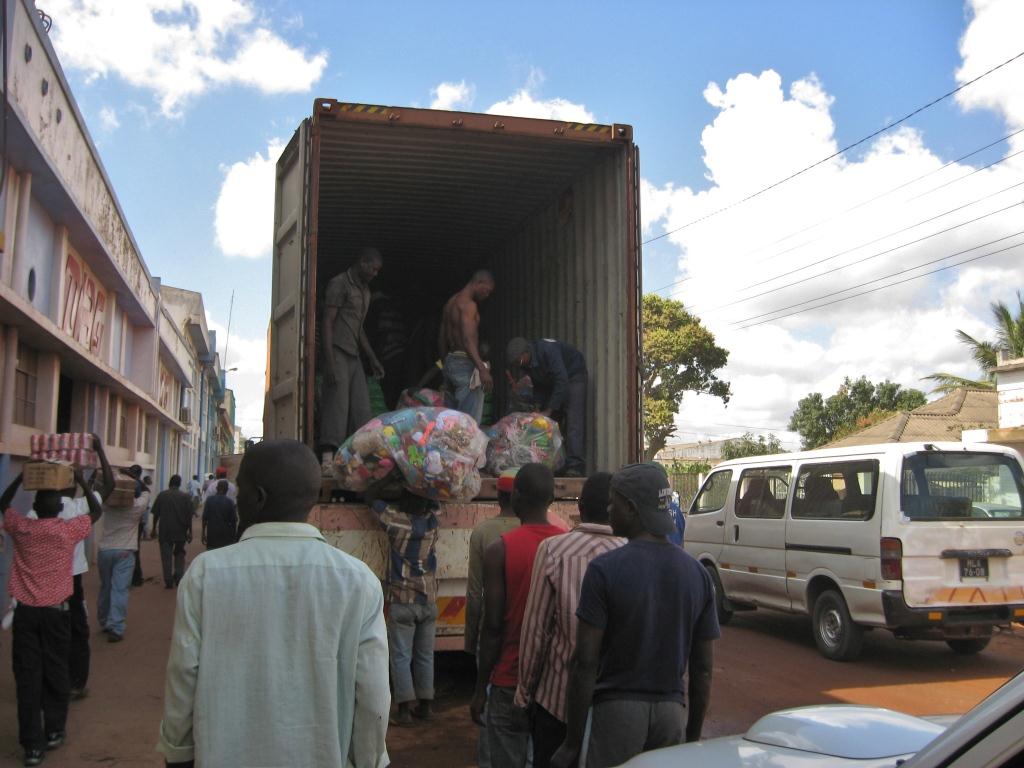
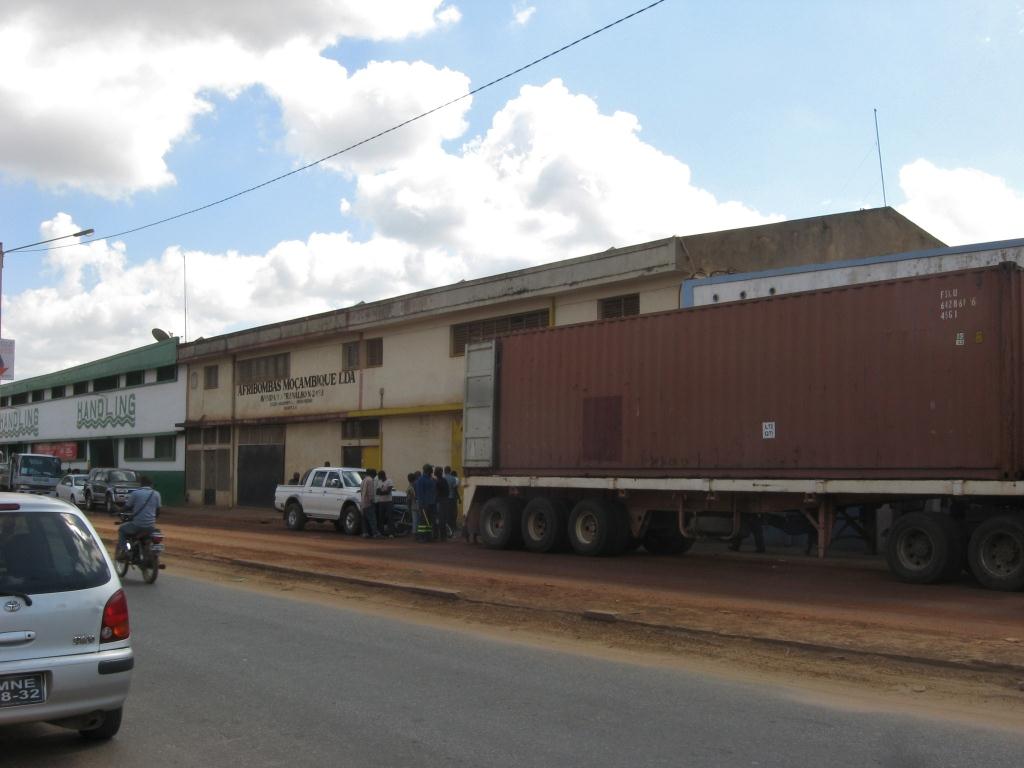
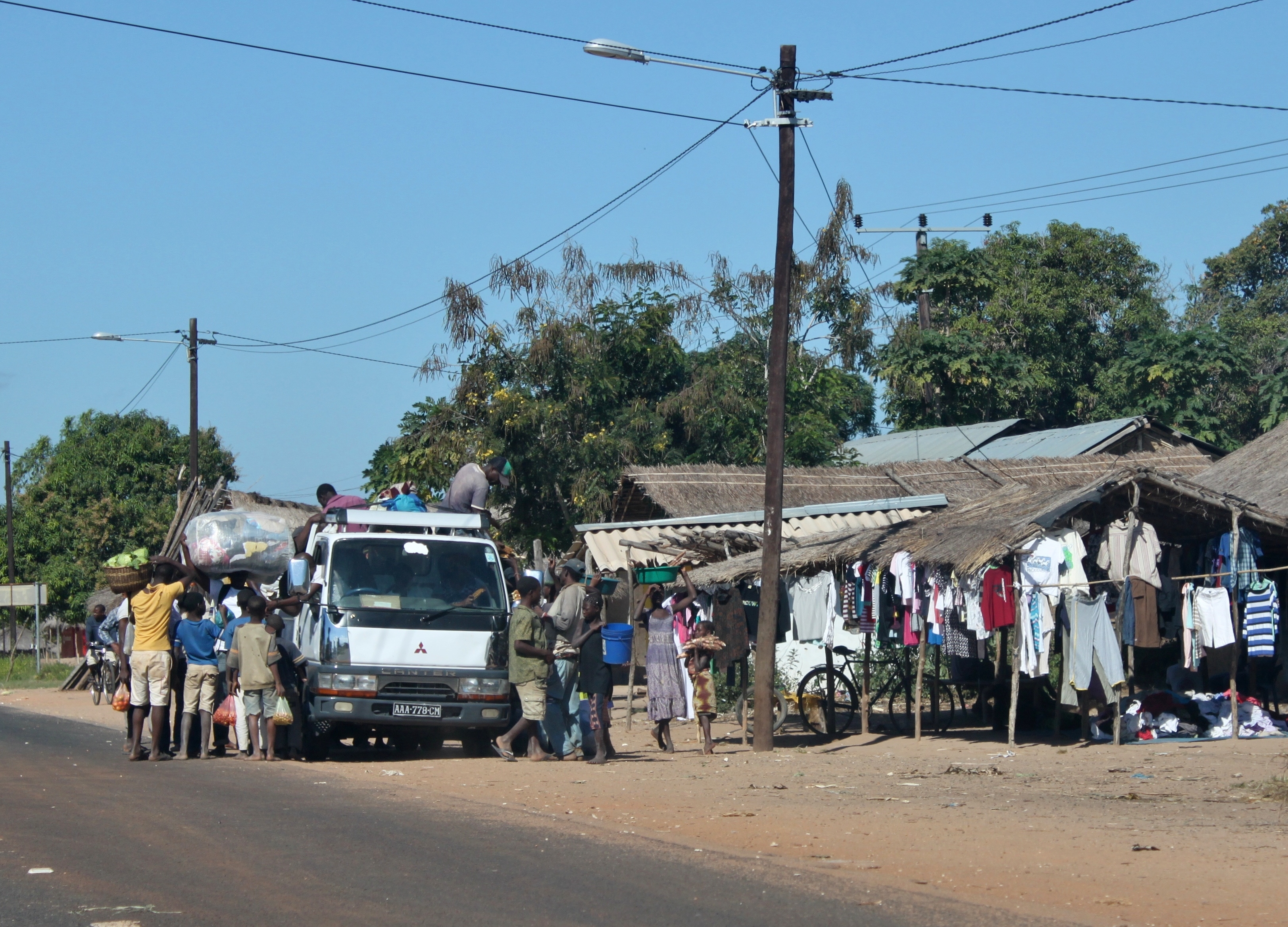
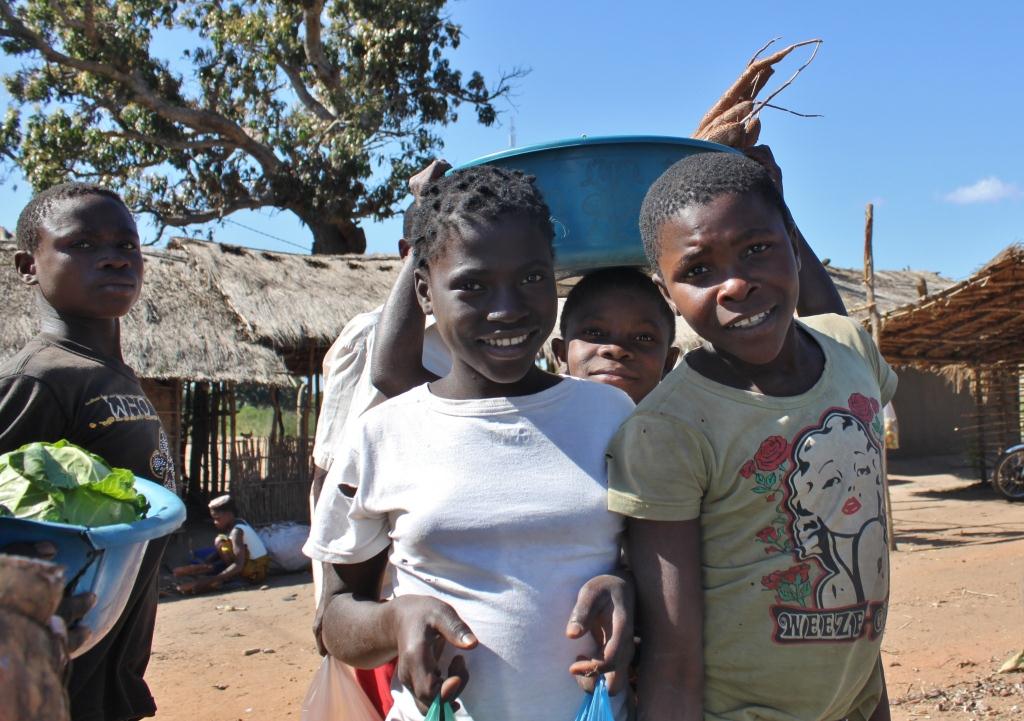
great article! quite an eye opener. i have heard of used clothing being resold but never thought this may be extended to toys too. did you feel safe in the city? where is the main second hand market? did you get any pictures of it?
This is really inspiring and heartwarming post. Thanks for sharing.